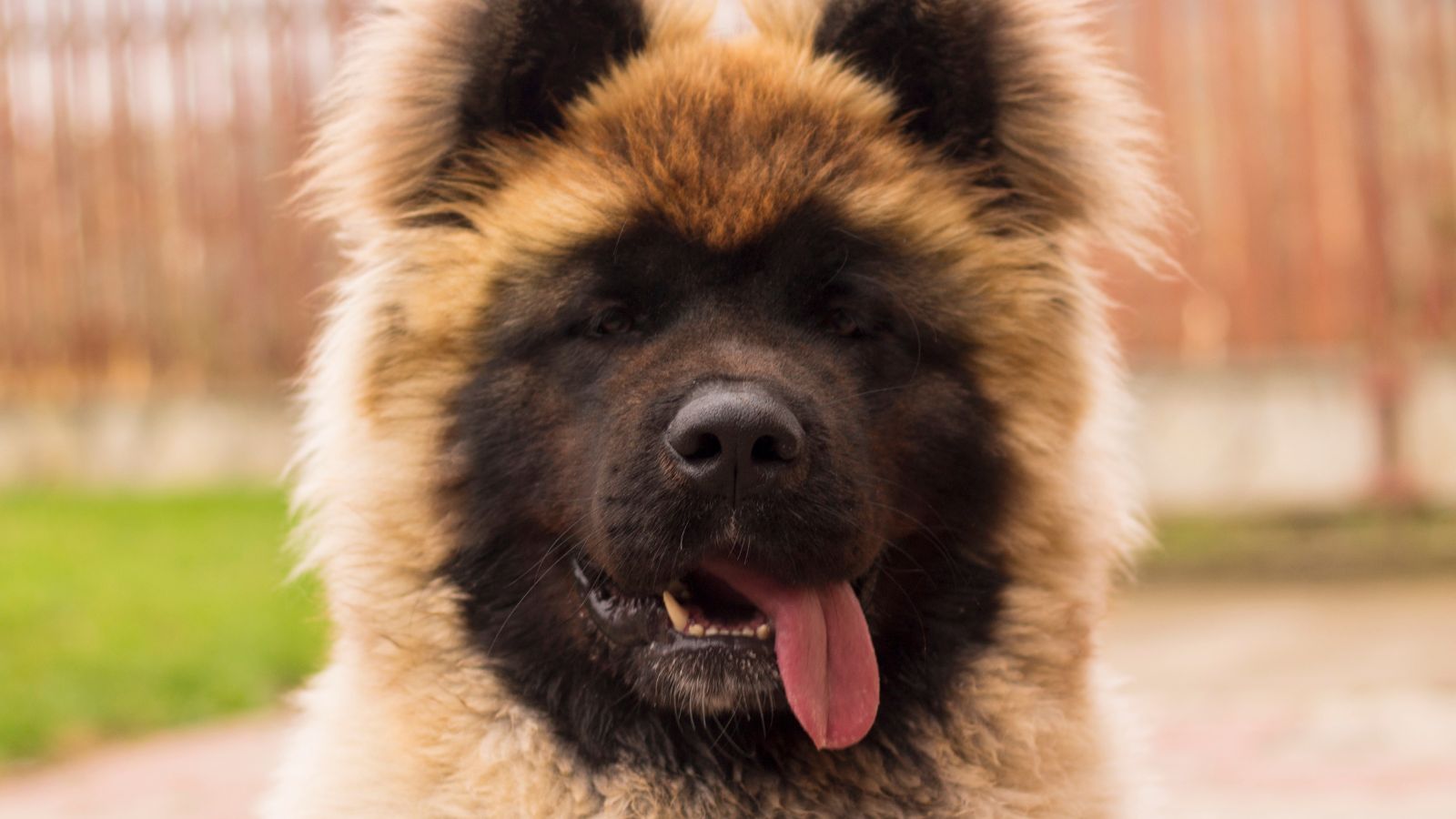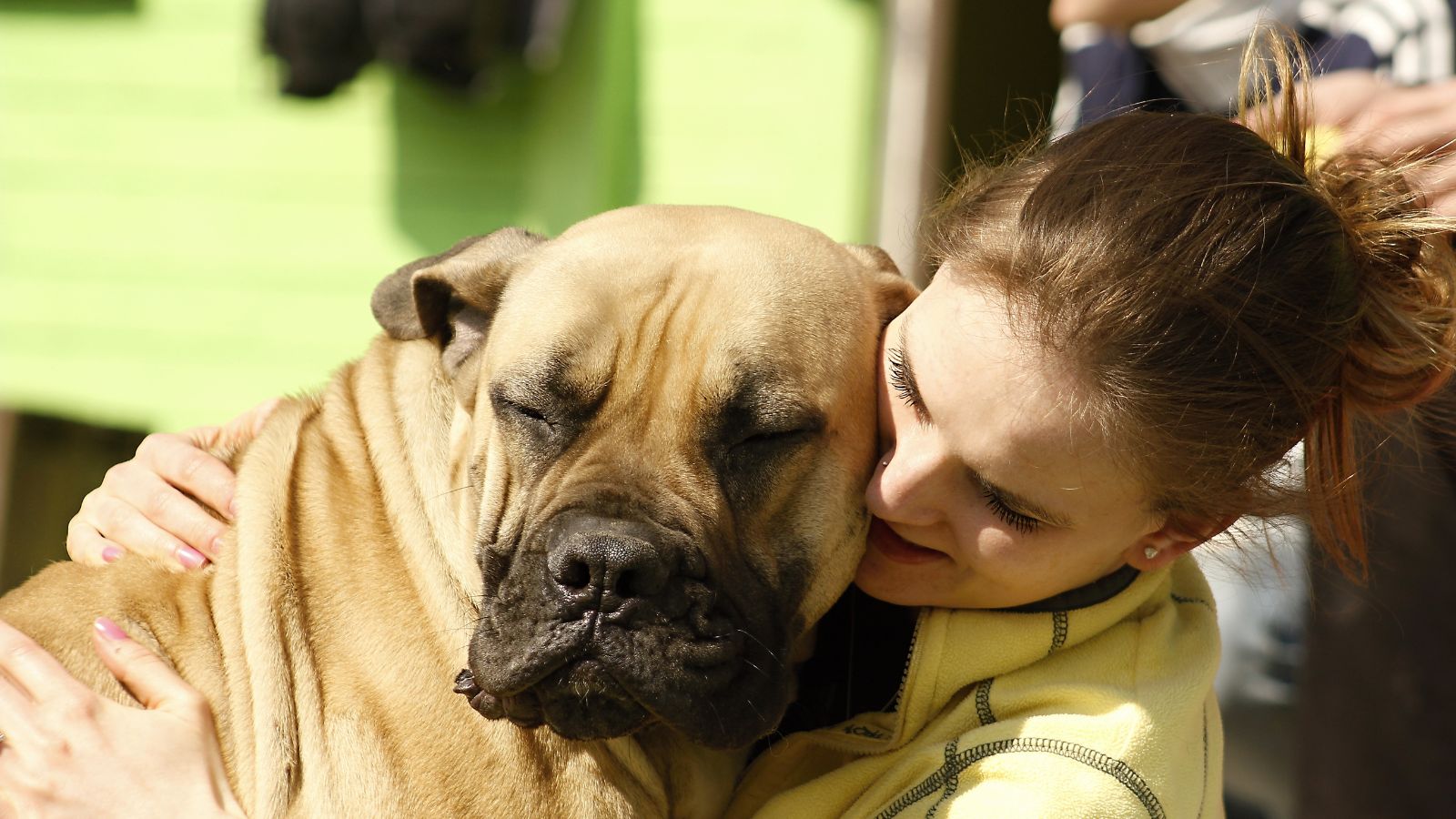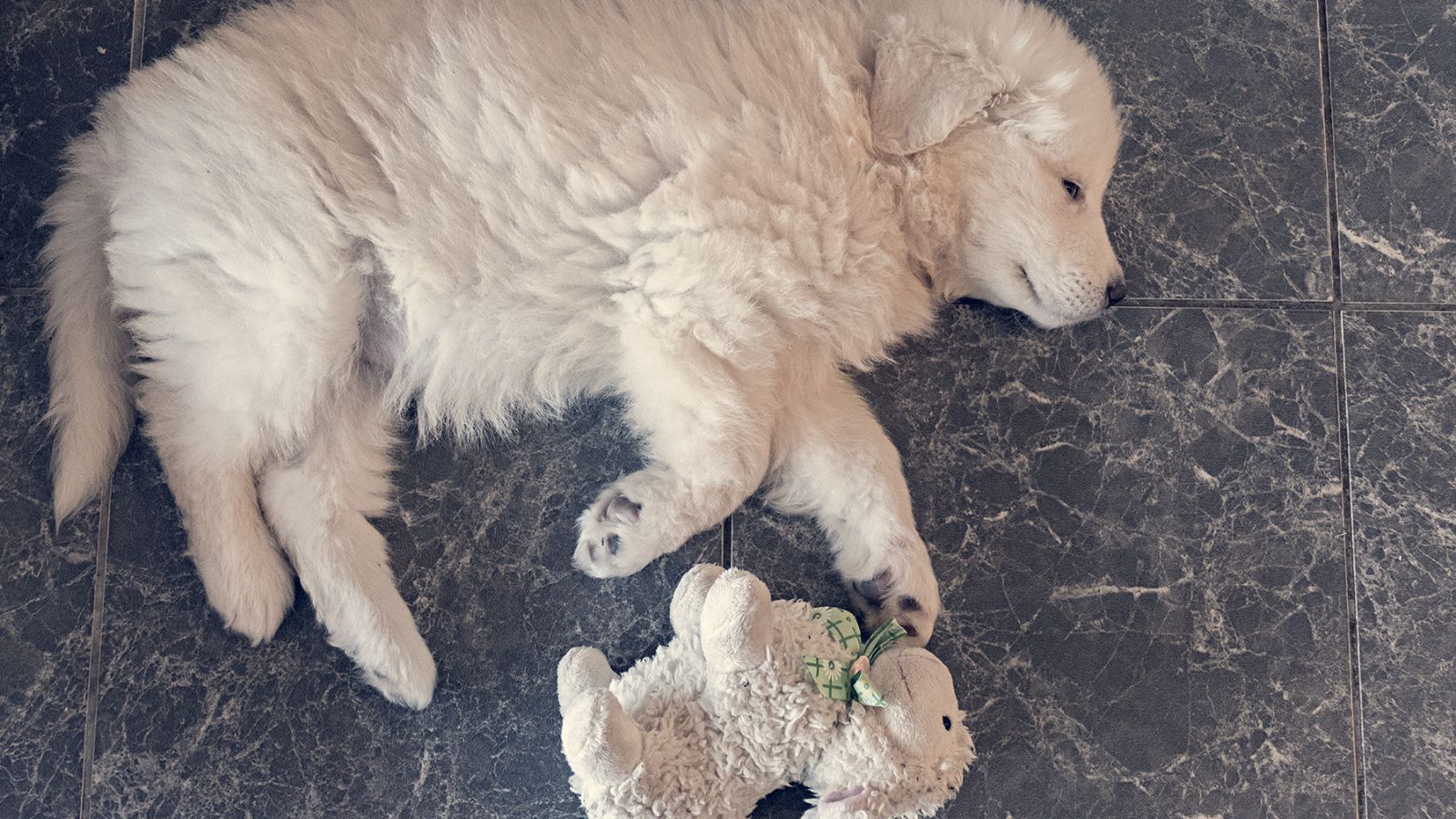In the world of canines, there’s a wealth of diversity that goes far beyond the familiar breeds we often see. For those who crave uniqueness, there’s a whole universe of rare dog breeds waiting to be discovered. Each with their own distinct characteristics, these breeds are not just rare, but also incredibly beautiful.
These breeds may not be the ones you’ll typically encounter at the local park, but they’re sure to turn heads with their striking appearances and unique traits. From the majestic Azawakh to the charming Norwegian Lundehund, these breeds are a testament to the fascinating world of dogs.
 Beautiful Rare Dog Breeds
Beautiful Rare Dog Breeds
Diving deeper into the realm of canines, a plethora of little-known but stunningly beautiful breeds exists. These rare breeds, each with unique traits and appearances, offer a fascinating journey of discovery, continuing from our previous exploration of the majestic Azawakh and the charming Norwegian Lundehund. This section aims to break down the definition of a rare dog breed and identify the common characteristics of these unique and attractive dogs.
What Defines a Rare Dog Breed?
A rare dog breed isn’t merely defined by its population size. Rather, it’s characterised by a combination of factors. Primarily, it’s a breed that is not commonly encountered and lacks widespread recognition. It’s the rarity of encounters with these breeds that leads to their classification as ‘rare’.
For example, the Stabyhoun, hailing from the Netherlands, has an estimated population of fewer than 4,000 worldwide. Despite this, it’s considered a national treasure in its native land and therefore doesn’t fit the conventional ‘rare’ label.
Popularity in specific regions, recognition by kennel clubs, and global distribution constitute part of the rare breed equation. If a breed lacks any of these, it likely falls into the rare category.
 Discovering the World’s Most Unique Canines
Discovering the World’s Most Unique Canines
Delving deeper into the realm of rare dog breeds, this article shines a light on some intriguing examples. From Africa’s leggy Azawakh to the Norwegian Lundehund with its extra toes and the melodious charm of the New Guinea Singing Dog, each unique breed holds a corner of fascination in the canine world.
The Azawakh: Africa’s Elegance on Four Legs
Unearth a gem in Africa’s vast desert landscape: the Azawakh. Characterised by its slender build, this elegant breed finds its origins in sub-Saharan Africa. Built for speed, the Azawakh epitomises grace with its effortless gait. It comes to life not only in numbers—a small population in the US—but also in the prized attributes of loyalty and protective nature. Examples include the Azawakh’s uncanny ability to withstand extreme climates paralleled by its resolute protectiveness of its family.
Travel to the rugged landscapes of Norway’s remote islands, and there lies a canine marvel, the Norwegian Lundehund. True to its arctic origin, this one-of-a-kind breed, often referred to as a puffin dog, has evolved with an unusual trait—six toes on each foot. The extra digits grant the Lundehund exceptional climbing and grasping abilities, making it an adept hunter of puffins in the craggy cliffs. The Norwegian Lundehund’s distinct trait fetches attention far beyond its homeland, yet it remains a relatively rare breed due to its small population outside Norway.
 Caring for Rare Dog Breeds
Caring for Rare Dog Breeds
Given the unique characteristics, care for rare dog breeds demands a special approach. It’s an important extension of what contributes to their rarity. Their health needs and training requirements differ from common breeds and involve specific attention.
Health Considerations
Keeping rare dog breeds healthy involves recognizing their specific health risks. For instance, the magnificent Azawakh tends to suffer from hypothyroidism, an illness affecting their metabolism. Regular veterinary check-ups, a balanced diet, and adequate exercise can mitigate such breed-specific ailments.
Similarly, the Norwegian Lundehund’s uniqueness, extra toes for climbing, exhibit vulnerability to Lundehund Syndrome, a complex of gastrointestinal disorders. On the other hand, the New Guinea Singing Dog, besides its melodious vocalisations, is prone to specific ocular diseases. Regular eye check-ups and overall grooming can help maintain their health.